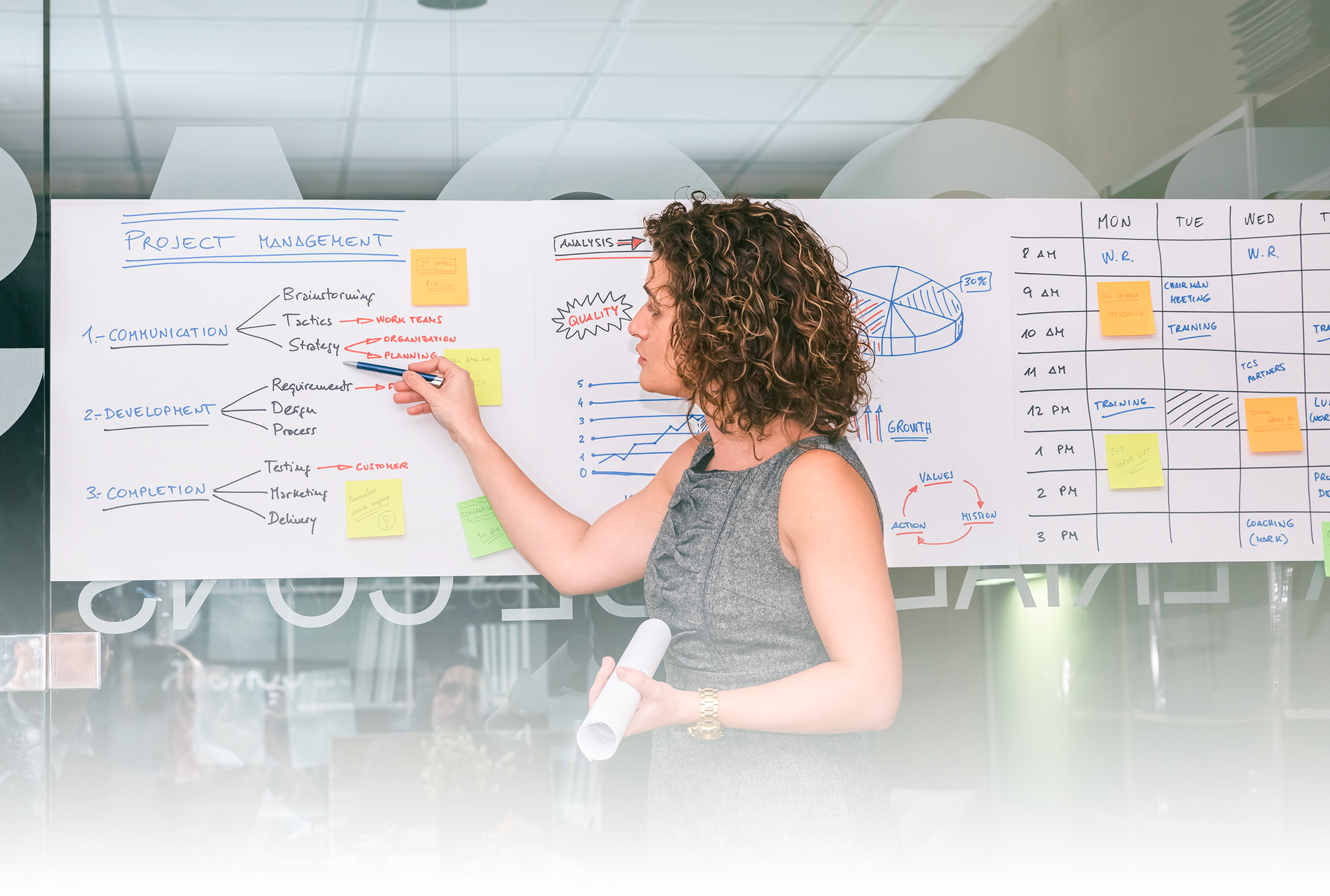The impact of People Analytics on HR Success
People Analytics might be one of the newest methods to integrate big data and HR.
Recruitment
September 1, 2022
8 minutes read

“”
Gathering and assessing people analytics leads to better decisions through the application of statistics and other data interpretation techniques.
Talking about People Analytics is one of the top comments in Business and HR departments.
The more technology grows, the more we realize how fundamental people skills are for digital innovations to shine.
That’s why People Analytics might be one of the newest methods to integrate big data and HR.
Besides, it can develop quality changes in the recruitment process and retain employee quorum in the company.
Also, HR analytics is another way to refer to people analytics as a talent acquisition tool. Basically, gathering and assessing people analytics leads to better decisions through the application of statistics and other data interpretation techniques.
People Analytics is…
We can define People Analytics as a data-driven approach to studying all people processes, challenges, purposes, and opportunities at work to elevate these systems and achieve sustainable business success.
Also is a process, enabled by technology, that uses descriptive, visual, and statistical methods to interpret people’s data and improve HR recruitment processes.
A quick background here – big data is the common resource used by Google to develop their system in multiples way – while People Analytics is a way for HR to use, organize and retain their big data to improve their system too.
So, people analytics has evolved considerably from when it was first used in organizations in the mid-1900s.
The focus on big data is challenging HR specialists to build a people analytics team, bring together multi-disciplinary skills, and develop a plan to insert big data into HR.
Through these years has been a clear transition from data analytics, with which organizations can now be better prepared to face the dynamism of their operational environment and be proactive rather than reactive.
For example, sophisticated data science, machine learning and interactive data visualization are all integral parts of people analytics today but weren’t part of the process until a few decades ago.
That is why, the promise of using analytics in HR is connecting people’s data with different business data to create results aligned with the company’s objectives, such as increasing revenues and reducing costs.
The benefits of People Analytics
The spotlight remains on the people analytics subject, particularly with the effects of the pandemic and the new fuss in people data.
People Analytics is promoting an HR digital transformation and the benefits of using it are enormous. One of them is to create and guide people management processes, impacting the relationship with employees.
It is easier to create a career plan together with the employee, the HR department can make strategic hiring decisions, replacing, or promoting quickly.
Also, using analytics has the potential to improve the effectiveness of a company’s talent acquisition function.
And finally, people analytics comes with the promise of transforming the HR field into a strategic and revenue-enhancing partner.
What to do with People Analytics
The HR transformation done by the people analytics method is tremendous and we have listed 4 possibilities to help you understand this powerful resource.
Discovering what motivates professionals
With this strategy, it is possible to understand what keeps professionals engaged with the projects they develop – which is very important – as it directly influences productivity and commitment to the company values.
And so forth, it is possible to adapt processes and review situations that are not positively impacting teams.
Hire in a smarter way
Hiring new employees evolves a recruiting process that is more than selecting a good resume.
HR professionals should consider other aspects that demonstrate whether that person has the right profile for the position and the company’s values.
That’s exactly where people analytics will bring about, helping HR to discover the ideal employee and which candidates are most suitable for the role.
Monitor company productivity
There was a time when more work time meant productivity. But today, this premise isn’t real. Positive results depend on several factors, such as a good working environment, rest time, and motivation.
With People Analytics, HR can use data analysis to promote changes and achieve a high level of team performance.
Decide strategically
Finally, the crossing of data allows decisions not only for HR but for the company, to be made in a more strategic way, which is essential to boost the development of the business.
But first, for people analytics in HR to succeed it is essential to promote a change in the company’s culture, otherwise the company shouldn’t have the expected results.
How to implement People Analytics method
We already know, so far, that people analytics is the practice of collecting and applying organizational, people, and talent data to upgrade critical business outcomes.
There is no denying the importance that this methodology has acquired in HR, becoming the major trend in the sector.
So, to understand how to implement people analytics method, follow the 5 ways that we have suggested!
Set a goal
HR must make an investigation of what are the main problems being faced, and after that it is defined what it is intended to solve first with the analysis and cross-referencing of data.
With this strategy, it is possible to define objectives, such as the identification of employees with the best performance, the prediction of how a new employee will perform, and even which professional is best suited for a particular promotion.
Data Collect
Collecting data isn’t as easy as it sounds. It’s necessary to know how to collect, aiming to analyse and achieve your goals.
The first step isn’t only to focus on performance, but on how and what the employee did to achieve it.
Then, look for frequency in the data to eliminate uncertainties in your analysis.
And finally, have a structured HR process, which is preferable with the help of software.
Define metrics and indicators
After careful data collection, you will have raw content, which normally isn’t a good material to analyse, especially because can lead to misinterpretation.
Therefore, this is the perfect time to define metrics and data indicators.
The main goal here is to contextualize and assimilate the data collected so that their values can be analysed under the same measurement.
Find the correlation between the data
With the data, metrics, and indicators in hand, it’s time to find connections between them — in other words, the movement of one variable influences the other.
Imagine that you do an internal activity and assign a grade to each employee to know who has the most aptitude for it.
After a certain time, it would be interesting to assess the grades you gave and check if they reflected in the performance of the employees.
So then, you can check if there is a correlation between the grades and the performance that they developed later.
Predict the future
With the data analysed, HR has reliable sources to predict and plan future actions to solve the issues encountered when the goals were set.
Also, if you manage to collect enough data and, create a reliable storage model, it is possible to build mathematical formulas that showed probabilities of events according to the insertion of new data.
This, for sure, is very useful to achieve precise strategies for HR success!







